Episode 24
- Episodes
- Episode 24: Cultivating Careers
.
CET Talks: Accreditation, Learning and Leadership
Episode 24
AUGUST 25 2024 . 19 MINUTES
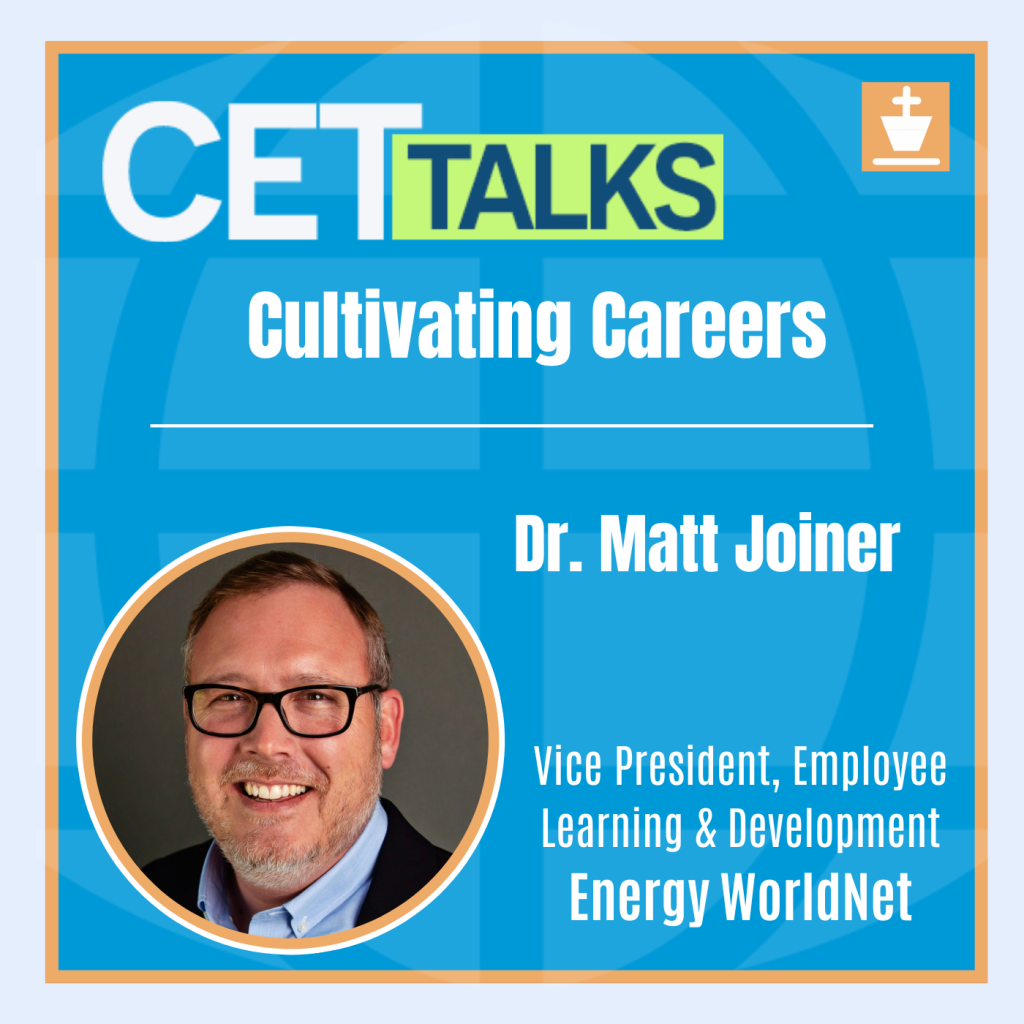
Cultivating Careers: The Power of Employee Engagement for Organizational Success
Discover the transformative impact of employee engagement and lifelong development in today’s dynamic workforce. Join Dr. Matt Joiner, Vice President of Employee Learning and Development at Energy Worldnet, as he shares expert insights on harnessing the power of continuous learning to boost productivity and job satisfaction. In this episode, Dr. Joiner will discuss proven strategies for creating effective learning programs, the role of analytics in measuring their impact, and future trends in employee development. Tune in to learn how your organization can enhance engagement and foster a culture of continuous growth and innovation.
Listen to the Podcast
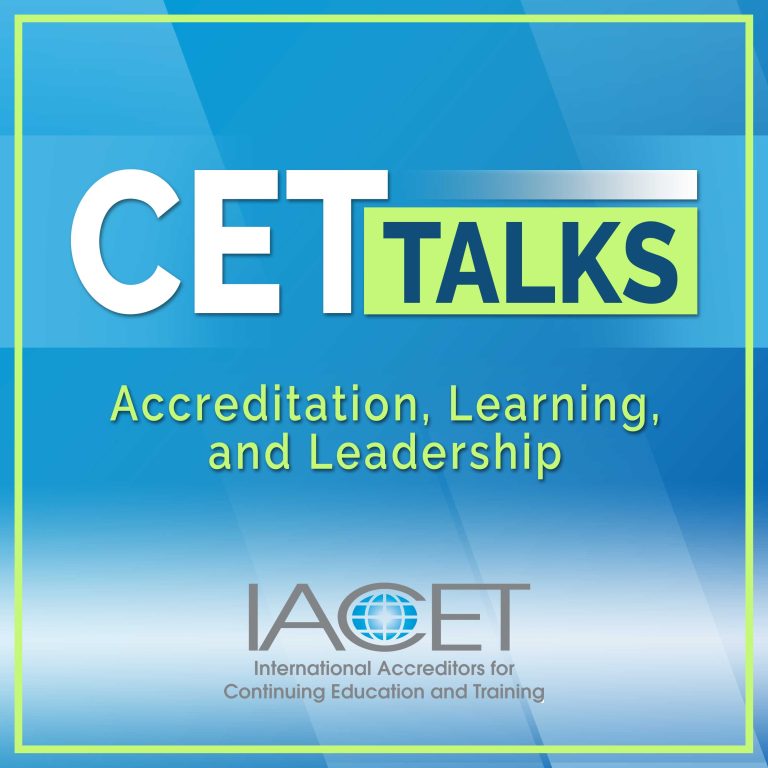
Welcome to CET Talks, the International Accreditors for Continuing Education and Training’s podcast, where we convene thought leaders in the continuing education and training ecosystem to share ideas, research, best practices, and experiences that promote the creation of a world that learns better. Your hosts are Randy Bowman, Interim President and CEO of IACET, and certified corporate wellness specialist Mike Veny.
Discover the transformative impact of employee engagement and lifelong development in today’s dynamic workforce. Join Dr. Matt Joiner, Vice President of Employee Learning and Development at Energy Worldnet, as he shares expert insights on harnessing the power of continuous learning to boost productivity and job satisfaction. In this episode, Dr. Joiner will discuss proven strategies for creating effective learning programs, the role of analytics in measuring their impact, and future trends in employee development. Tune in to learn how your organization can enhance engagement and foster a culture of continuous growth and innovation.

Transcription
Host: Welcome to CET Talks, the International Accreditors for Continuing Education and Training podcast, where we convene thought leaders in the continuing education and training ecosystem to share ideas, research best practices, and experiences that promote the creation of a world that learns better. Enjoy the episode.
Mike Veny: Hello, and welcome to CET Talks. My name is Mike Veny. I’m a certified corporate wellness specialist and the CEO of an IACET-accredited provider. And I’m here with my friend and co-host and the CEO of IACET, Randy Bowman. Hi, Randy.
Randy Bowman: Hey, Mike. How are you doing today?
Mike Veny: I’m doing good. I needed to tell you something before we start, that I’ve heard this rumor that the new 401k that people are looking for when they’re looking for jobs is skills. People want new skills. What are your thoughts on that?
Randy Bowman: Oh, so the last two people I’ve hired, as part of the interview when we got to ’What questions do you have?’ Their first question is “What do you provide in the way of professional development and what are the benefits surrounding that?” And it really took me off guard a little bit because for my generation, we were concerned about salary, right? And health benefits and all of that. And that was not their primary concern.
Mike Veny: Yes. Well, we are in for a real treat today because we have someone who is going to talk about this more— Dr. Matt Joiner. He is the Vice President of Employee Learning and Development at Energy World Net. They offer a proprietary platform for managing workplaces and accessing information, particularly for employee training, certifications, evaluation data, and so much more. Dr. Joiner’s academic credentials include Tarleton State University, Texas Women’s University, and Texas Tech University degrees. Matt, welcome to our show.
Dr. Matt Joiner: Thank you so much. And y’all are already hitting on some stuff that’s pretty awesome. Personal and professional growth is going to really move the needle with job satisfaction and versatility. So I appreciate the opportunity to visit with you today.
Randy Bowman: While it might seem self-evident, could you start by explaining why employee engagement and lifelong learning development are crucial in today’s workplace environment?
Dr. Matt Joiner: You bet. When I think of employee learning and development, the first thing that comes to mind is the professional needs. The folks who we work with, right? The people who come in the door with a requisite skillset, we call those hard skills. Things that they can put on their LinkedIn profile, for example, whether it’s a degree or a certification or affiliation or those kinds of things. Increasingly what we have found at our organization and in our industry is that folks are also looking for individuals who bring a requisite set of soft skills. And unfortunately many times those soft skills—also called essential skills, as you guys may be aware—are just not fully in place. And so not only are we trying to serve the professional development needs of these folks, but we’re also pouring into them from a soft skill perspective. as well.
Mike Veny: I love that term soft skills, and I’ve been working our wording of that to be human-centric skills. That’s what I’m…
Dr. Matt Joiner: Absolutely
Mike Veny: …starting to use. We have different generations in the workplace right now, so many different generations have different expectations, experiences, and backgrounds. For the business leaders that are listening right now, what should business leaders keep in mind to create a positive growth environment for the youngest generations coming into the workplace while also simultaneously supporting the other generations in the workplace?
Dr. Matt Joiner: I would say my best one-liner in that regard, Mike, is differences are a good thing. Differences of approaches, differences in opinions. Diversity is a great thing. You guys may be aware, I pulled out a book here that I really enjoyed in this regard. It’s called Sticking Points by Hayden Shaw, how five generations can work together in the twelve places where they usually come apart. I love that it’s a very profound look at the fact that for the first time in human history, we have five generations working together in the workforce today, from pre-baby boomers, all the way through the current generation. So, there’s lots of diverse needs. People are coming in with varying degrees of understanding in terms of technology, career advancement, all of those things. Some people are sunsetting into retirement, some folks are just getting their careers ramped up and they are looking for different things from their employers. And so the onus, if you will, really is on the employer to diversify the opportunities that they have, not only for growth but for advancement, as well.
Randy Bowman: That’s sounds like a great book. I’m definitely going to have to add that one to my reading list.
Dr. Matt Joiner: It really is good.
Randy Bowman: A lot of times learning organizations, and especially learning departments in corporate America, have a difficult time explaining their value, explaining their return on investment. A lot of that often comes down to measurement—what data are they collecting and how do they report that? Can you talk about some of the importance of the role of data and analytics in measuring the impact on employee learning and development programs? And what are some of the uncommon metrics that you’ve used, or organizations should focus on to assess the effectiveness of their learning programs?
Dr. Matt Joiner: Absolutely. Our organization, for those of you who may not be aware, is a strengths-based organization. We are big into Gallup. We also use their boss to coach model with our employees, as well. My encouragement would be to find organizations who do a really bang up job at employee engagement data. Gallup does a great job. I’m sure there are many others who can get that information, as well. I would also encourage you to stay abreast of trends and issues in the employee learning and development space. I think Mike mentioned it, there are many ways to describe soft skills. Some say essential skills, some say they may use another definition there, but there’s all kinds of ways to measure that. There’s all kinds of great data out there that you can start with. And then I would encourage folks to begin looking at the data more locally. Look at trends and issues in your geographic area. We live in the DFW (Dallas-Fort Worth) metroplex, for example. We may face a little bit of different challenges than other folks might, for example, commuting and those kinds of things. That brings whole other challenges and rewards, if you will, for folks who are traveling to the office or not working remotely. There are all kinds of really cool emotional awareness, emotional intelligence data that’s coming out now about how the folks who are working from home. It’s a new day for many people because they’re less engaged, they’re less geographically close to folks that they’ve traditionally been working with in the same office space. So ways to mitigate that. And then looking at your organization, really diving into what are the needs of our folks, doing all kinds of surveys, if you will, to throw out there, “Hey, what kind of development needs do you have? Where’s an area where we perhaps are missing the mark? What’s something that you need? What do you need greater understanding in?” Then make a targeted plan, a roadmap that specifically addresses the needs of the current employees and the future employees, as well.
Mike Veny: Let’s go back to the soft skills thing, please. Human-centric skills. It’s interesting because I lead a company that provides training on this, but I’m going to be the skeptic for now. Okay, soft skills, that’s just fluff, right? Some people actually think that, and some people listening might be thinking that, and you can’t have an intangible metric, but we all know that there are things that should be measured but might not be realistic. How do you suggest to that manager or supervisor who’s resistant to this, measure behaviors that appear intangible, where do they begin?
Dr. Matt Joiner: I would say a great place to start. There is a super book, if I can find it here, that is called, Emotional Intelligence, by Travis Bradbury; some of his work is fantastic. Start with Emotional Intelligence. I have seen more light bulbs come on, if you will, than a lot of book studies that we’ve done here locally. It really begins to look at why we behave the way that we do and what are some ways that we can take a step back and reevaluate how we interact with other people. I think that’s especially important. Back to your point earlier about generations in the workforce, we’ve got differing expectations, we’ve got digital natives, and we have folks who are not digital natives and are resistant sometimes to even laptop computers, for example. It really bothers them when they see folks with phones in their hands during meetings, and they don’t recognize sometimes that they really are engaged, it’s the way they take notes, that’s the way they engage in the meeting. So being sensitive to those things. I would say, back to the hard and soft skill conversation, there’s a quote out there, and I forget the origin, but basically the premise is we hire for hard skills and fire for soft skills, and I love that. That really is the hard skills are going to be the things that get your foot in the door, but it’s going to be your soft skills that are going to get you into trouble. As I think about leading and managing people, the things that most readily come to mind when I think of problematic behaviors are coming into work on time, communication norms, those kinds of things. That’s important. And how can we level set, how can we be transparent and candid about our expectations, especially when you have a diverse group of employees? We actually do the emotional intelligence. There’s all kinds of really cool things that you can do. I mentioned earlier StrengthsFinder. The Enneagram is also a great one that’s free, that you guys can do online. Anything that you can do to give your managers and your leaders data on who it is that they’re working with, I would encourage them to do that because that’s going to give you a kind of a bird’s eye view into who they are and what they expect from their employer with regard to development opportunities.
Randy Bowman: Wow. Thank you, Matt. That is a hard area to measure, and we thank you for your insight on that, on how to look into those areas a little better. So, Matt, you’ve been in the learning and development world for a long time, and you’ve been with IACET for quite some time. You know, as a commissioner and as a leader. In IACET, our vision here is a world that learns better. So what does that look like to you? What does a world that learns better mean to you?
Dr. Matt Joiner: When I think of a world that learns better, modalities is one thing that comes to mind when I think of the delivery of content. You know, I think back to when I was going through college, there was no such thing as an online course. There were correspondence courses that you could send off for a history book and work through it yourself and send a certified letter in the mail and get credit hopefully if you did a good job. But now there are so many modalities at our disposal. So looking at what kinds of modalities are our people keen to adopt or maybe not. I tend to think that the best way to learn—and I do believe that the best way to learn—is when we are in a physical space together. But that is just not a possibility these days. I think if Covid taught us anything, it taught us that there are many ways to meet, there are many ways to collaborate. And so I think of modalities—is this a topic that we could cover with a computer-based training, or do we need some sort of synchronous training or asynchronous training? What’s the availability of my stakeholders? I would also say to my experience with IACET, a world that learns better is a world where training opportunities are targeted, where they have specific learning objectives for the trainees. That’s particularly important when you’re doing internal training because those can be even more focused than to a general audience. What do our ways of working look like? What do our ways of communication look like and sound like? What do we expect from our employees in that regard? Looking at everything from training, preferences, modalities, being transparent about expectations for the students, making sure that we do lots of intake and outtake, any assessments, we do a lot of that. What did they come in when they came into the training? What was their competence level? And then when they leave, on the flip side, what is the competence level on the way out the door? And hopefully we can see the needle moving positively in that regard.
Mike Veny: Well, Dr. Matt Joiner, thank you so much for joining us today. Randy, I wanted to tell you about what I got out of today’s episode. I took a lot of notes, I got some books that I have to check out. But when it comes to measuring the soft skills and these human-centric skills, I love how we talked about starting with emotional intelligence and even something as simple as like showing up on time. Right? We can just start with that and that’s really important because these topics are becoming so relevant and so needed. I love what you said about ‘we hire for hard skills and fire for soft skills.’ I’m going to be using that one actually with my own team. So that’s what I got. What about you?
Randy Bowman: You know, I got a lot out of the idea of the fact that, I guess I hadn’t realized that we do have these five generations all working in the same space now, and so I’m very eager to go check out the book recommended, Sticking Points by Hayden Shaw. I see it even as we’re a small organization here at IACET, but we are crossing all five boundaries and so definitely going to look into that and learn more about how to be an effective leader in those kinds of environments.
Dr. Matt Joiner: Yeah. Here’s another brand new book that I have not even read yet. Another kind of godfather of emotional intelligence, if you will. It’s called Emotional Intelligence: Why it Matters More Than IQ.
Randy Bowman: Okay.
Dr. Matt Joiner: And so looking at EQ as possibly something that’s even more important than IQ is, which is fascinating stuff.
Mike Veny: It’s a great book.
Dr. Matt Joiner:: Have you read it?
Mike Veny: Yes.
Dr. Matt Joiner: Good. Good. I’m looking forward to diving in.
Randy Bowman: Awesome. Well, Matt, thank you so much for joining us and thank you for pointing us to so many great resources. You know, so often that really is a key to your own personal development is just taking the time to go and find these resources and read a little bit on your own time. You may not get credit for it, but it definitely impacts you and makes you a better person.
Dr. Matt Joiner: Absolutely.
Randy Bowman: So thank you for joining us.
Dr. Matt Joiner: Thank you so much.
Randy Bowman: To our listeners, as we wrap up today’s discussion on the role of quality internal development programs, we really would love to hear from you. What trends or innovations do you see shaping the future of employee learning and development? Please join us on our LinkedIn page and share your insights. When you do, you help add to the body of knowledge. You help other people who are experiencing the same difficulties, to be able to overcome the same issues that you’ve faced. So don’t forget to join us. Also, if you would like, you can submit topic ideas, suggestions for other guests and other feedback on the CET Talks podcast page of the iacet.org website. We certainly hope you’ll subscribe to this podcast on your favorite podcast platform, so you don’t miss any episodes. Thank you for sharing and thank you so much for joining us today.
Host: You’ve been listening to CET Talks, the official podcast of IACET. Don’t forget to subscribe to the podcast on Spotify, Apple podcasts, or wherever you listen to podcasts. To learn more about IACET visit IACET.org, that’s I-A-C-E-T.org. Thanks for listening and we’ll be back soon with the new episode.
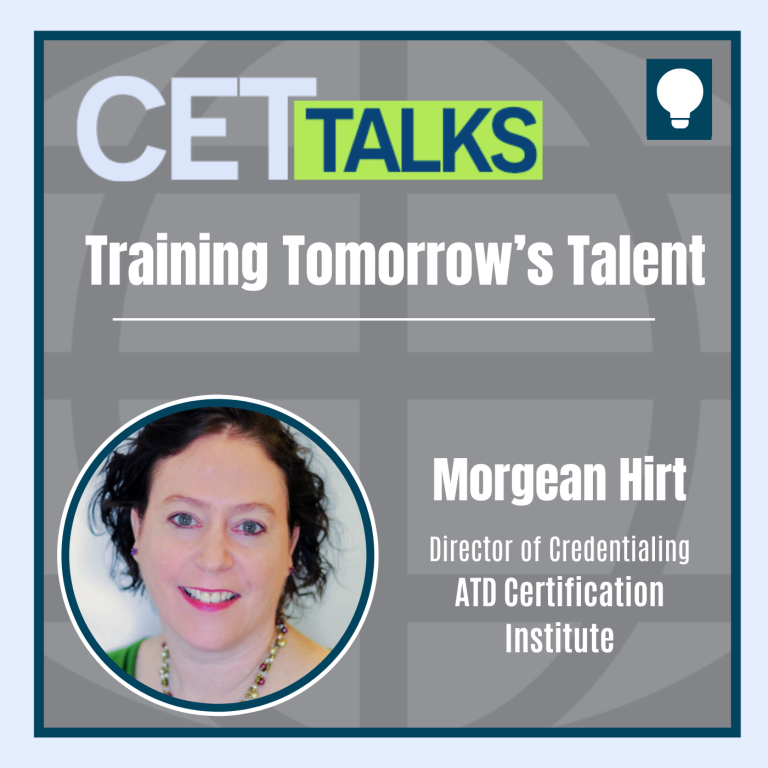
Episode 31: Training Tomorrow’s Talent: Exploring Certification, Standards, and Impact with ATD’s Certification Institute
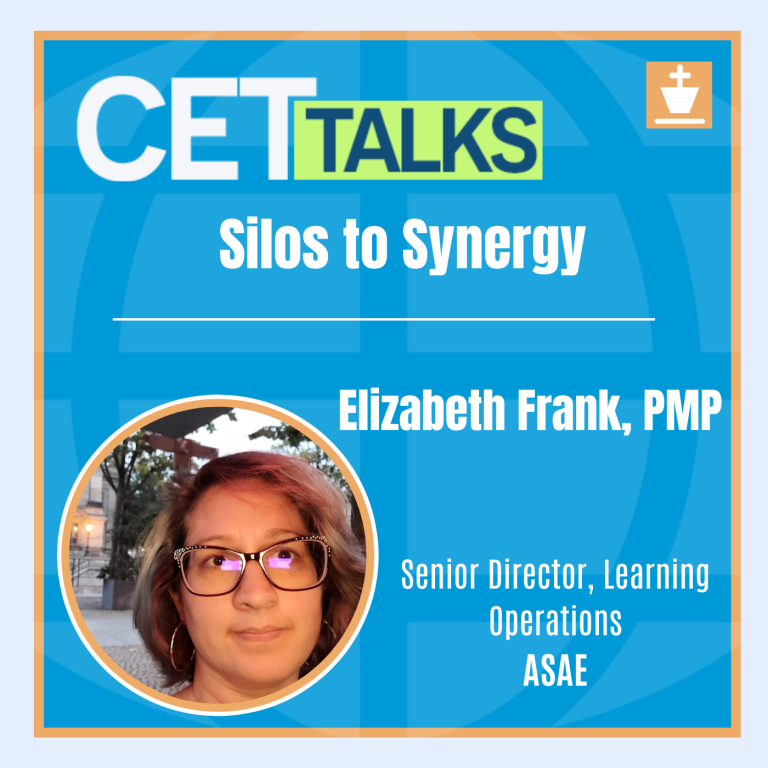
Episode 30: Silos to Synergy: Holistic Approaches to Creating Collaborative Learning

Episode 29: Credentials in Crisis: Challenges and Opportunities in Modern Education Recognition
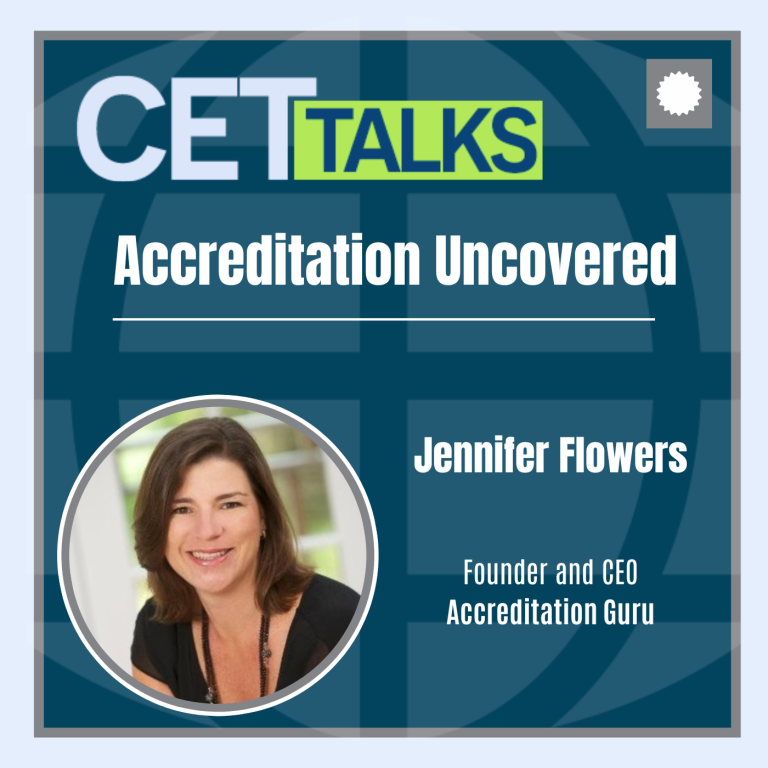
Episode 28: Accreditation Uncovered: Essential Insights from an Industry Leader

Episode 27: Two Truths with a Lie: Managing the Myths of Modern-Day Learning
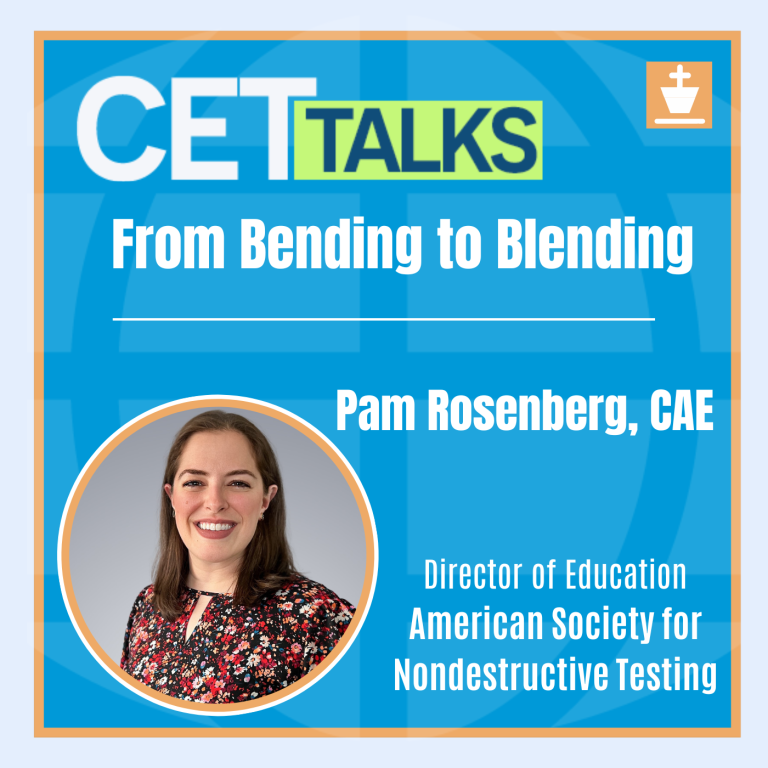
Episode 26: From Bending to Blending: Best Practices in Integrating Externally-Created Content
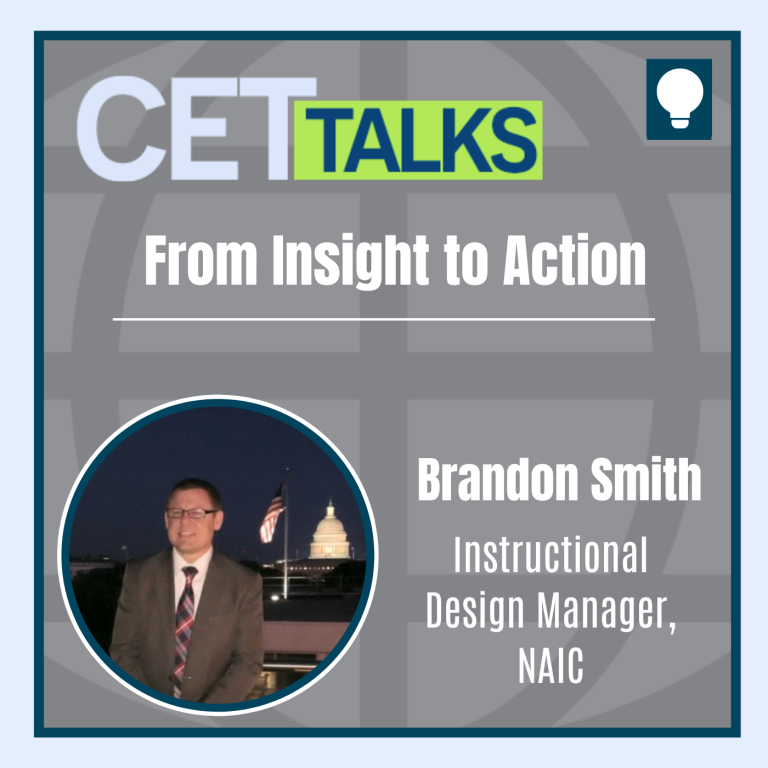
Episode 25: From Insight to Action: Charting the Career Path of a SME-turned-ISD
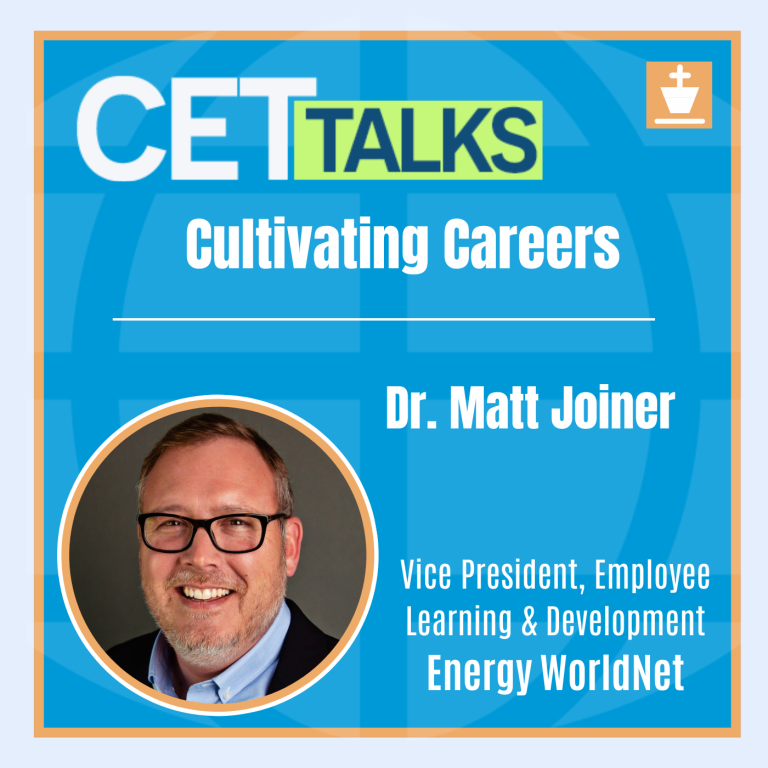
Episode 24: Cultivating Careers: The Power of Employee Engagement for Organizational Success
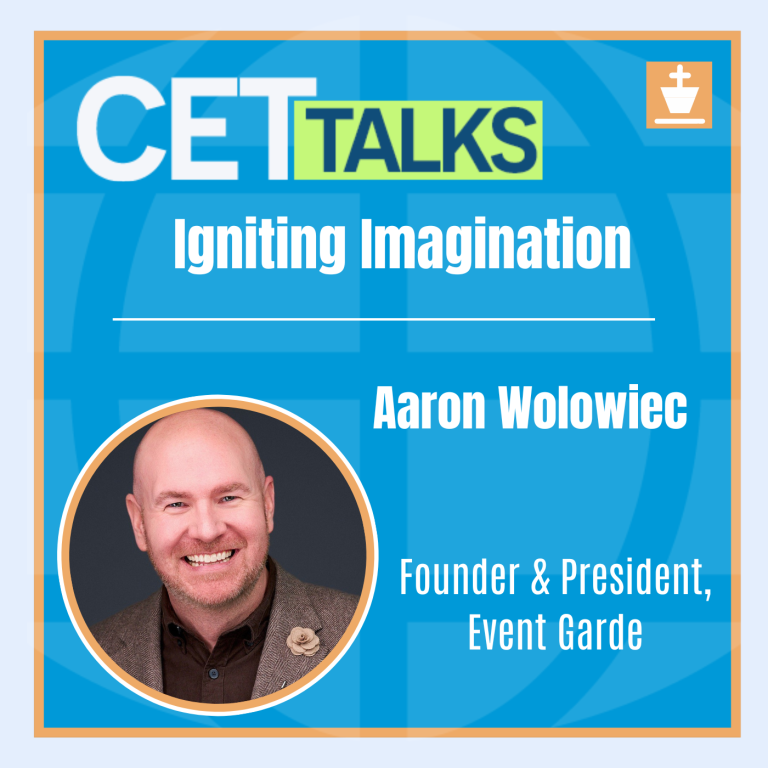
Episode 23: Igniting Imagination: Crafting Creativity in Training Environments
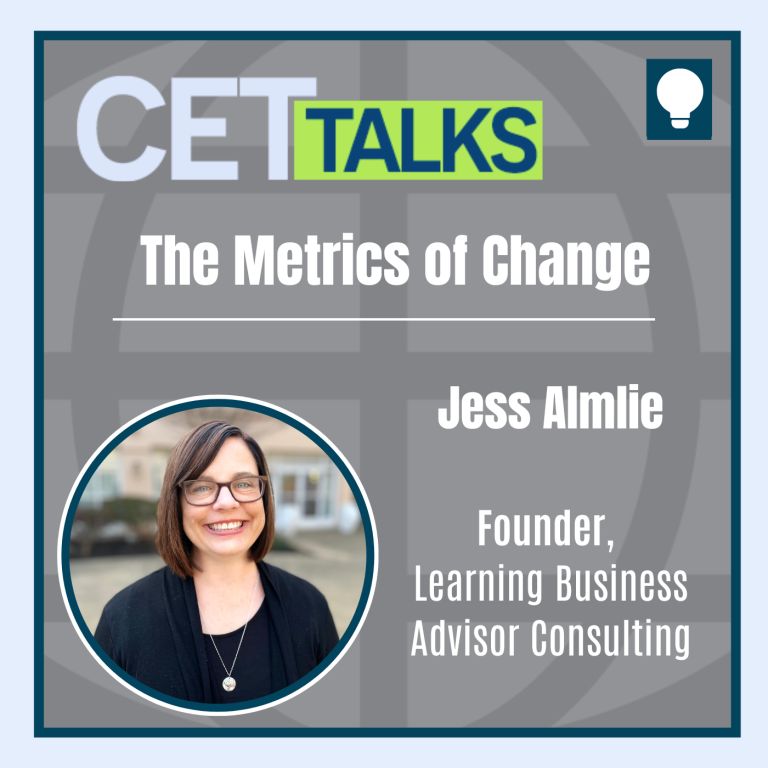
Episode 22: The Metrics of Change: Navigating Purposeful Measurement in L&D
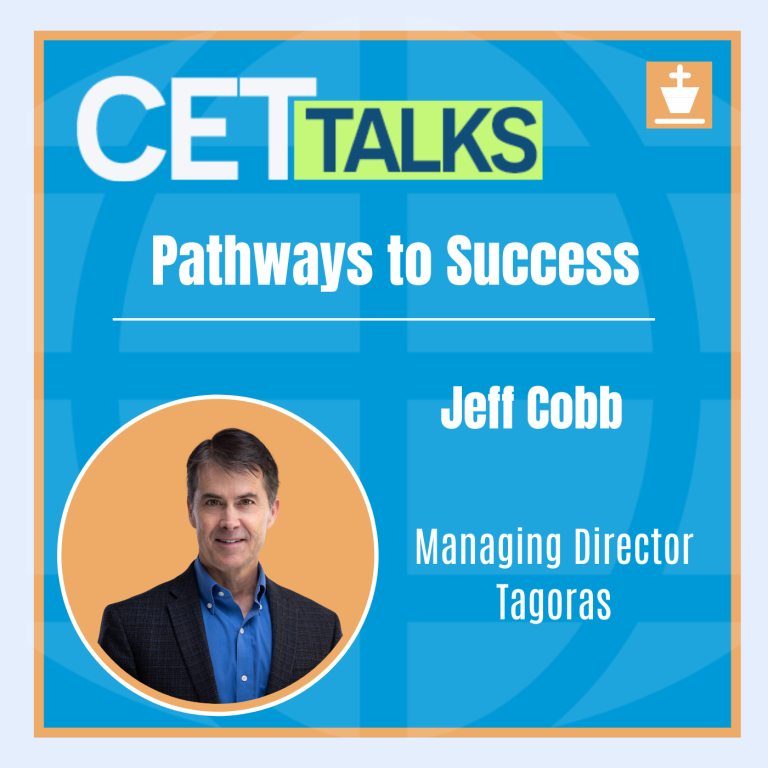
Episode 21: Pathways to Success: The Value of Lifelong Learning through Digital Credentials
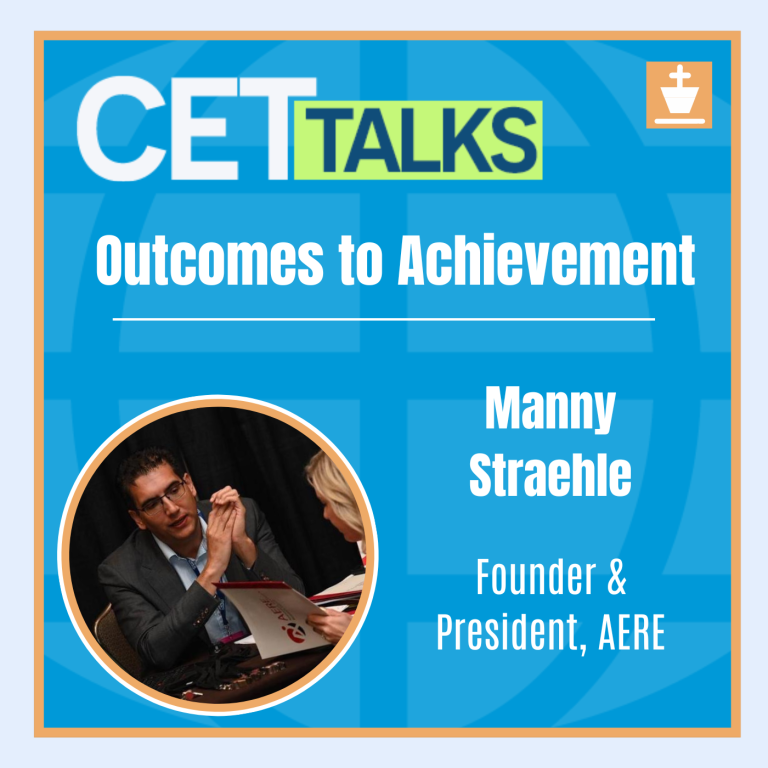
Episode 20: Outcomes to Achievement: Crafting Tomorrow’s Workforce Through Competency Models

Episode 19: Chatting with the Future: Enhancing AI Output Through Prompt Engineering

Episode 18: On the Inclusive Frontier: Harnessing Neurodivergence in Modern Training

Episode 17: Designing with Purpose: Strategies for Accessible e-Learning Development
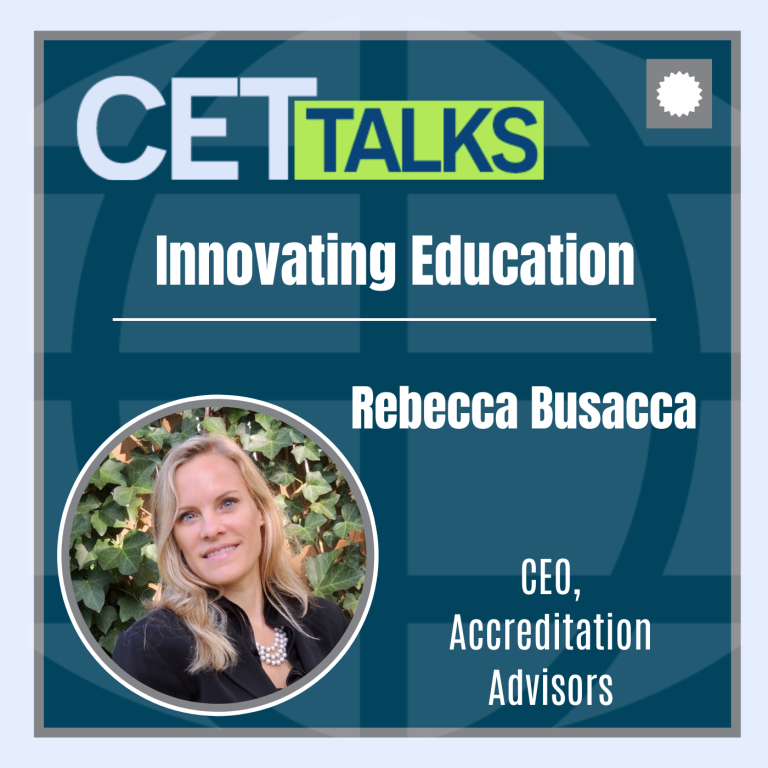
Episode 16: Innovating Education: Navigating Accreditation for Short-Term Training
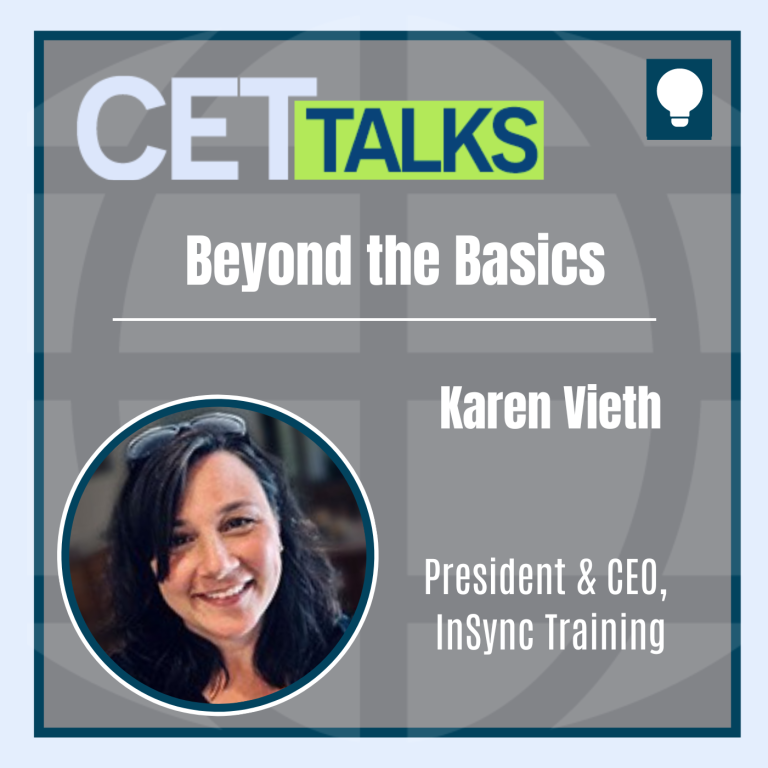
Episode 15: Beyond the Basics: Elevating Virtual Training through Expert Facilitation
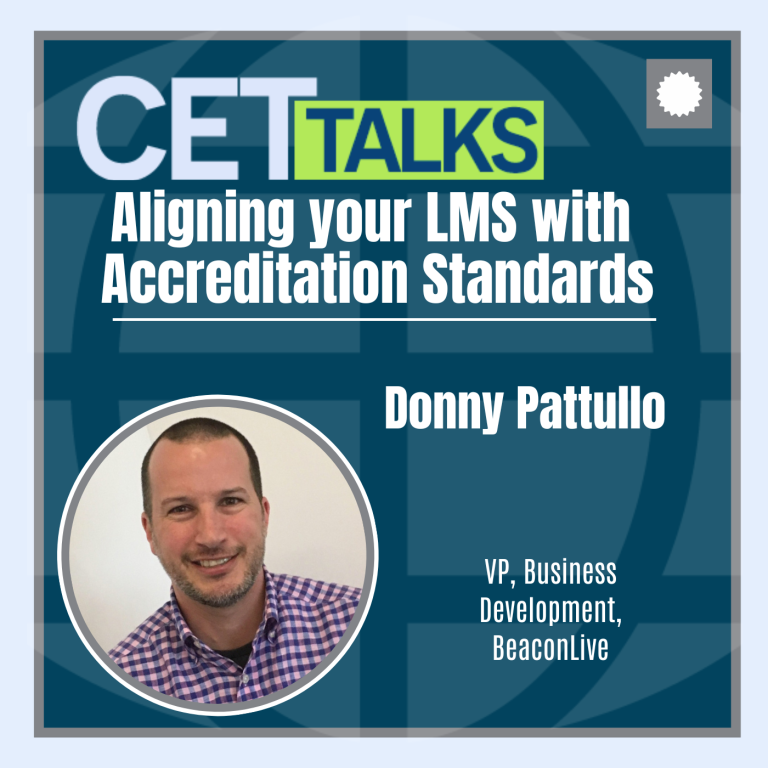


This Post Has One Comment
What trends or innovations do you see shaping the future of employee learning and development?